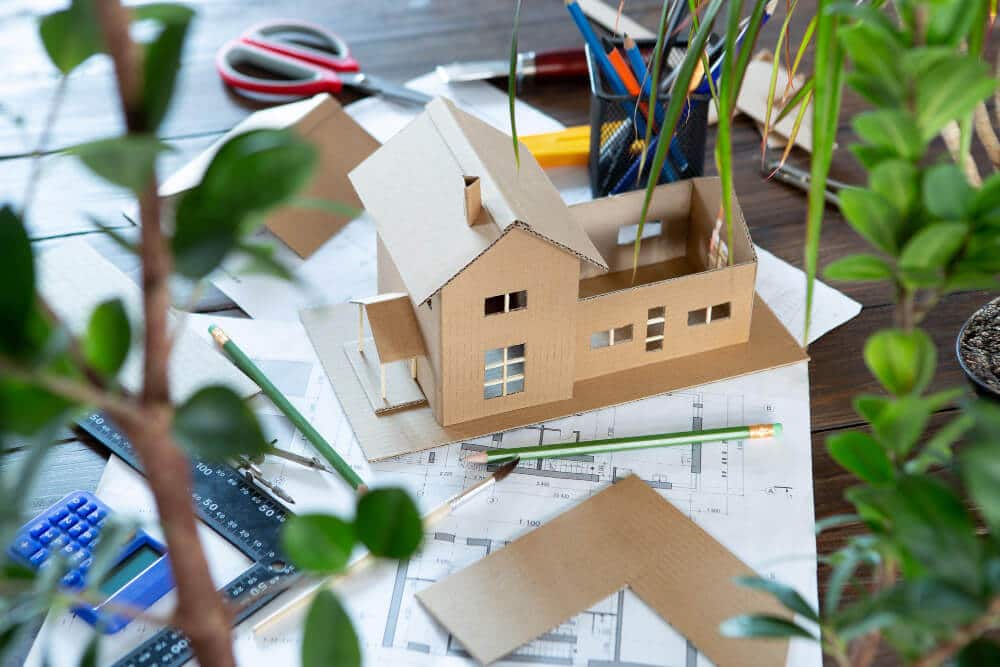Eco-Friendly Renovations: Making Your Home Greener and More Efficient

Eco-Friendly Home Renovations
In an era where sustainability is more than just a buzzword, homeowners are increasingly looking for ways to reduce their carbon footprint and save on energy costs. Eco-friendly renovations are at the forefront of this movement, offering a pathway to a greener and more efficient living space. This blog post explores practical steps and innovative ideas to transform your home into an eco-friendly haven.
Start with an Energy Audit
Before diving into renovations, it’s crucial to understand where your home stands in terms of energy efficiency. An energy audit can provide you with a comprehensive overview of how energy is used in your home and identify areas for improvement. Many utility companies offer this service for free or at a low cost. The insights gained can guide your renovation efforts, ensuring they are targeted and effective.
Upgrade to Energy-Efficient Appliances
One of the most straightforward changes you can make is replacing old, energy-hungry appliances with newer, energy-efficient models. Look for products with the ENERGY STAR label, a government-backed symbol for energy efficiency. This simple swap can significantly reduce your home’s electricity usage and, consequently, your utility bills.
Enhance Your Insulation
Improving your home’s insulation is another effective way to increase energy efficiency. Proper insulation keeps your home warmer in the winter and cooler in the summer, reducing the need for heating and cooling. Consider adding insulation to your attic, walls, and floors. Also, sealing gaps around doors and windows can prevent heat loss and further boost your home’s efficiency.
Install Solar Panels
Solar panels are a cornerstone of eco-friendly renovations. They allow you to generate your electricity, harnessing the sun’s power. While the initial investment can be significant, the long-term savings on energy bills and the potential to sell excess energy back to the grid make solar panels an attractive option for many homeowners.
Use Sustainable Materials
If you’re planning structural changes or additions, opt for sustainable building materials. Bamboo, recycled steel, and reclaimed wood are excellent choices that are both environmentally friendly and durable. These materials often come with the added benefit of unique aesthetics, adding character and warmth to your home.
Consider Water Conservation
Water efficiency is an essential aspect of eco-friendly renovations. Low-flow toilets, showerheads, and faucets can drastically reduce your water usage. Additionally, consider installing a rainwater harvesting system to collect and use rainwater for irrigation or flushing toilets. These changes not only conserve precious water resources but can also lead to significant savings on your water bill.
Smart Home Technologies
Integrating smart home technologies can further enhance your home’s efficiency. Smart thermostats, for example, learn your schedule and preferences, adjusting the heating and cooling of your home to optimize energy use. Similarly, smart lighting systems can reduce electricity usage by automatically turning lights off when rooms are not in use.
Landscaping for Efficiency
Your home’s exterior can also play a role in its overall efficiency. Planting shade trees can naturally cool your home, reducing the need for air conditioning. Similarly, choosing native plants for your garden can minimize water use, as these plants are adapted to the local climate and require less irrigation.
Conclusion
Making your home more eco-friendly and efficient is a rewarding journey that benefits both the planet and your wallet. By starting with an energy audit, upgrading appliances, improving insulation, and considering renewable energy sources, you can significantly reduce your home’s environmental impact. Additionally, opting for sustainable materials, focusing on water conservation, integrating smart technologies, and thoughtful landscaping can further enhance your home’s efficiency. With these renovations, you’ll create a more sustainable living space and improve its comfort and appeal.



